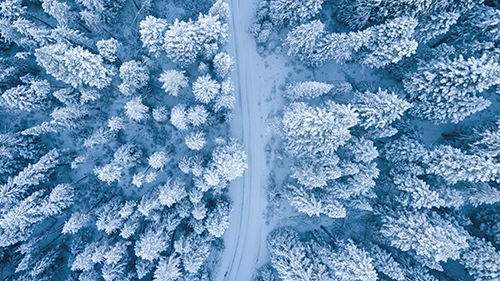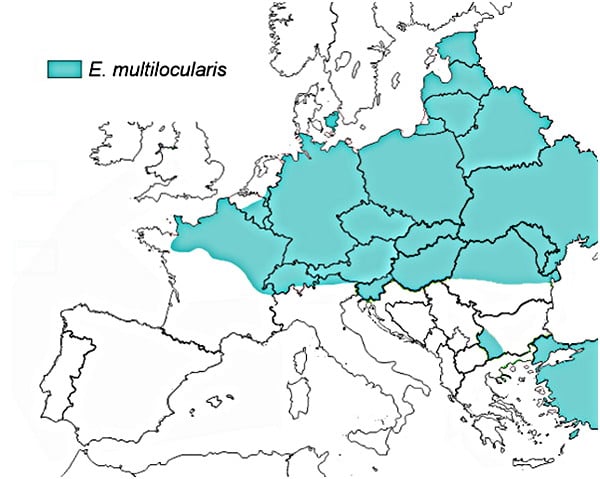
by Brîndușa | Apr 8, 2022 | Uncategorized
Ankylostomes Qu’est-ce que les ankylostomes? Ce sont des petits vers ronds, leur taille est de 5 à 15 mm, on peut les apercevoir dans les selles des chiens et des chats. Attention, ne pas en voir ne signifie pas qu’ils ne sont pas contaminés. Ancylostoma...

by Brîndușa | Apr 8, 2022 | Uncategorized
Antifreeze: a deadly cocktail It is highly toxic, due to the chemical component of ethylene glycol, to us and our animals. Its sweet taste makes this product very palatable and it is a product found in radiators and for windshield washers in cars.This poisoning is...

by Brîndușa | Apr 8, 2022 | Uncategorized
Overweight and osteoarthritis Obesity is a public health problem for humans but also for animals. It is estimated that 33% of adult humans in the United Statesare obese. In the dog population, up to 41% of individuals are overweight. Canine and feline obesity has...

by Brîndușa | Apr 8, 2022 | Uncategorized
Feux d’artifices At this time of the year, a little reminder about the impact of fireworks on animals is necessary because although it is pretty, it has a negative impact on animals, by fear, they can get hurt, run away and even in the worst case: die. WHAT TO...

by Brîndușa | Apr 8, 2022 | Uncategorized
Echinococcus granulosus What is an echinococcus? It is a flatworm whose adult is a parasite of foxes or dogs, and, more rarely, of cats. Echinococcus are not very dangerous for our little companions, but their larval form can cause a serious disease in humans,...






